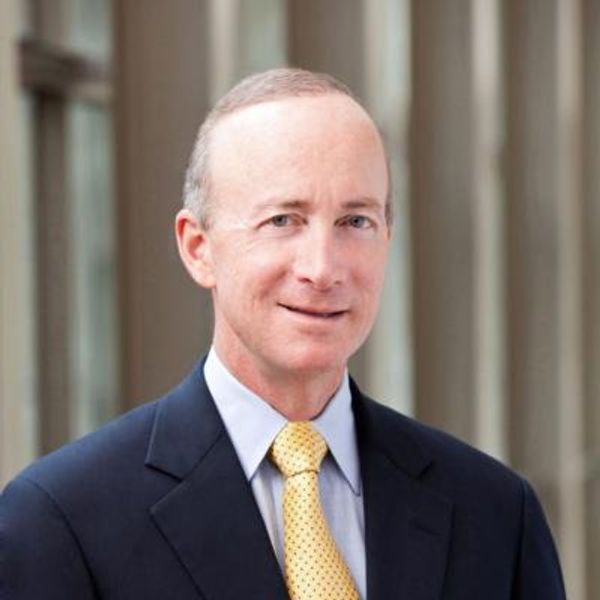
House prices could come under further pressure if, as many economists expect, the Reserve Bank of Australia this week starts raising official interest rates for the first time in more than a decade.
Growth in house prices has already reduced to its slowest national pace since October 2020, and is going backwards in the major property markets of Sydney and Melbourne.
The CoreLogic national home value index rose just 0.6 per cent in April with the annual rate slowing to 16.7 per cent.
“Stretched housing affordability, higher fixed term mortgage rates, a rise in listing numbers across some cities and lower consumer sentiment have been weighing on housing conditions over the past year,” CoreLogic’s research director Tim Lawless said.
“With the RBA cash rate set to rise, potentially as early as (Tuesday), we are likely to see a further loss of momentum in housing conditions over the remainder of the year and into 2023.”
As the cash rate rises, variable mortgage rates will trend higher, reducing borrowing capacity and impacting borrower serviceability assessments.
The annual growth rate of 16.7 per cent for house prices nationally compares with the recent annual peak of 22.2 per cent growth over the year ending November 2021.
Mr Lawless said as the stronger months of capital gain from early 2021 fall out of the 12-month calculation, the annual change will reduce more sharply over the coming months.
Economists at the nation’s biggest lender, Commonwealth Bank, expect house prices nationally to peak in mid-2022 and then gradually decline over the rest of 2022 to end the year broadly unchanged.
“We expect an orderly correction in dwelling prices of eight per cent in 2023,” CBA senior economist Belinda Allen said.
“Our forecast profile for home prices is conditional on a gradual and shallow RBA tightening cycle that takes the cash rate to 1.25 per cent by (March quarter) 2023.”
A rate increase of 1.25 per cent would add around $350 per month to repayments on a $500,000 variable mortgage.
Australia’s two largest property markets, Sydney and Melbourne, posted their first negative quarter of declining house prices since the extended COVID-19 lockdowns of 2020.
Hobart also recorded its first monthly price fall in 22 months.
However, half the capitals across Australia are recording monthly house price growth of more than one per cent, led by a 1.9 per cent increase in Adelaide.
Regional housing markets have also been insulated from the overall national slowdown, with housing values up 1.4 per cent in April across the combined regionals index, compared with a 0.3 per cent gain across the combined capitals.
CORELOGIC NATIONAL HOME VALUE INDEX FOR APRIL
(month, annual)
National – up 0.6 per cent, up 16.7 per cent
Sydney – down 0.2 per cent, up 14.7 per cent
Melbourne – unchanged, up 8.4 per cent
Brisbane – up 1.7 per cent, up 29.3 per cent
Adelaide – up 1.9 per cent, up 26.2 per cent
Perth – up 1.1 per cent, up 6.7 per cent
Hobart – down 0.3 per cent, up 20.7 per cent
Darwin – up 0.9 per cent, up 8.7 per cent
Canberra – up 1.3 per cent, up 20.9 per cent
Combined capitals – up 0.3 per cent, up 14.6 per cent
Combined regional – up 1.4 per cent, up 23.9 per cent







